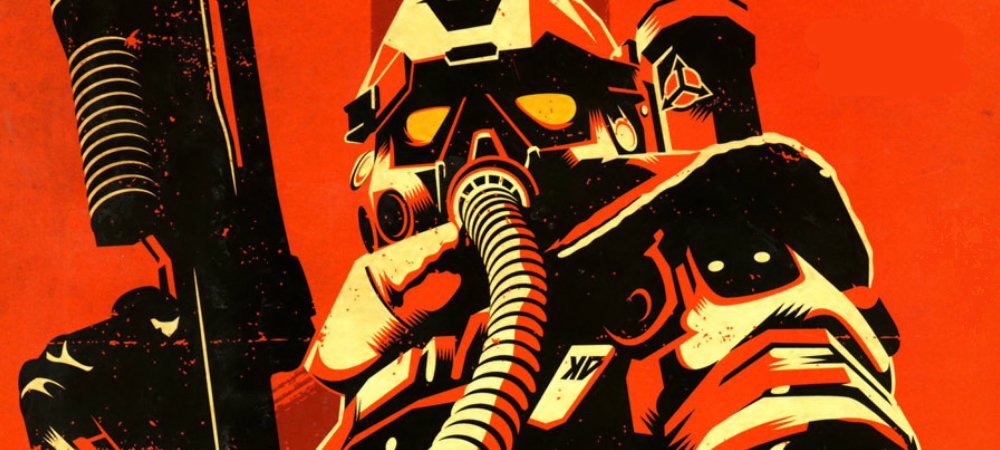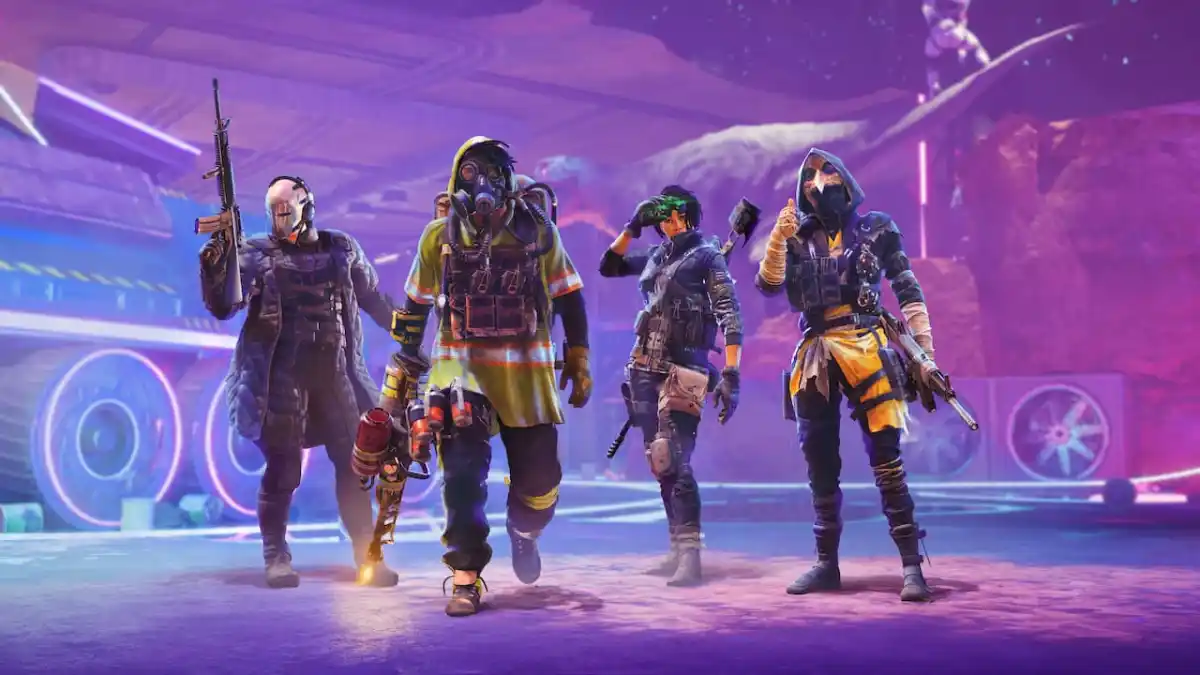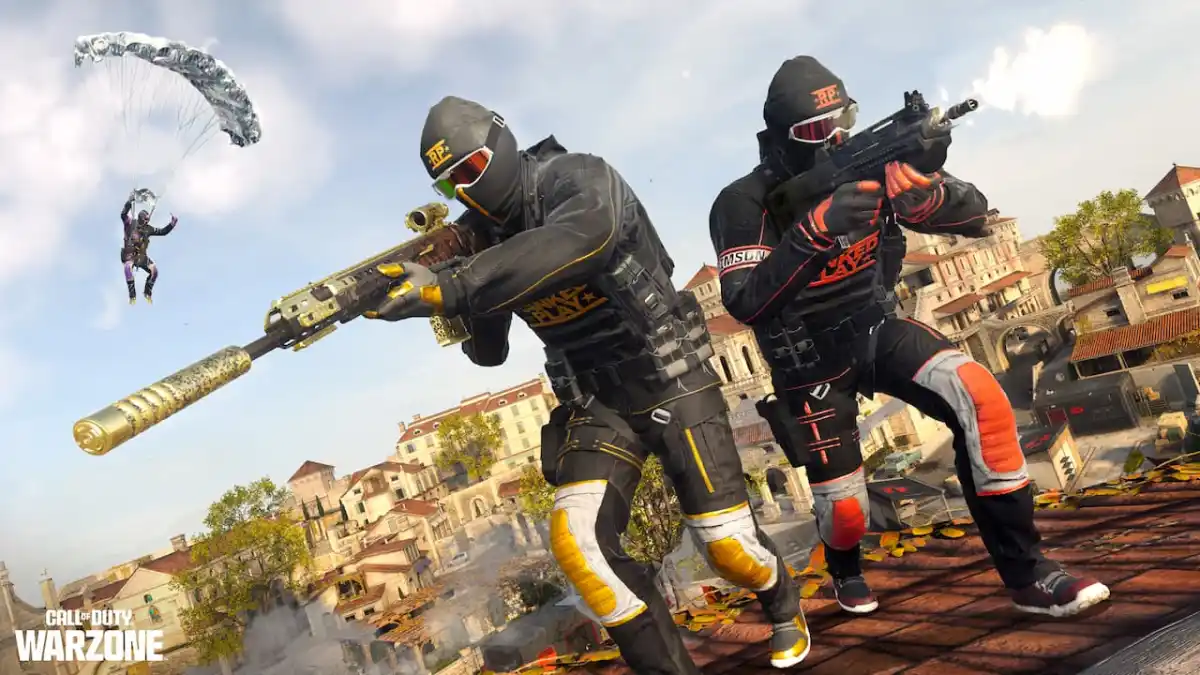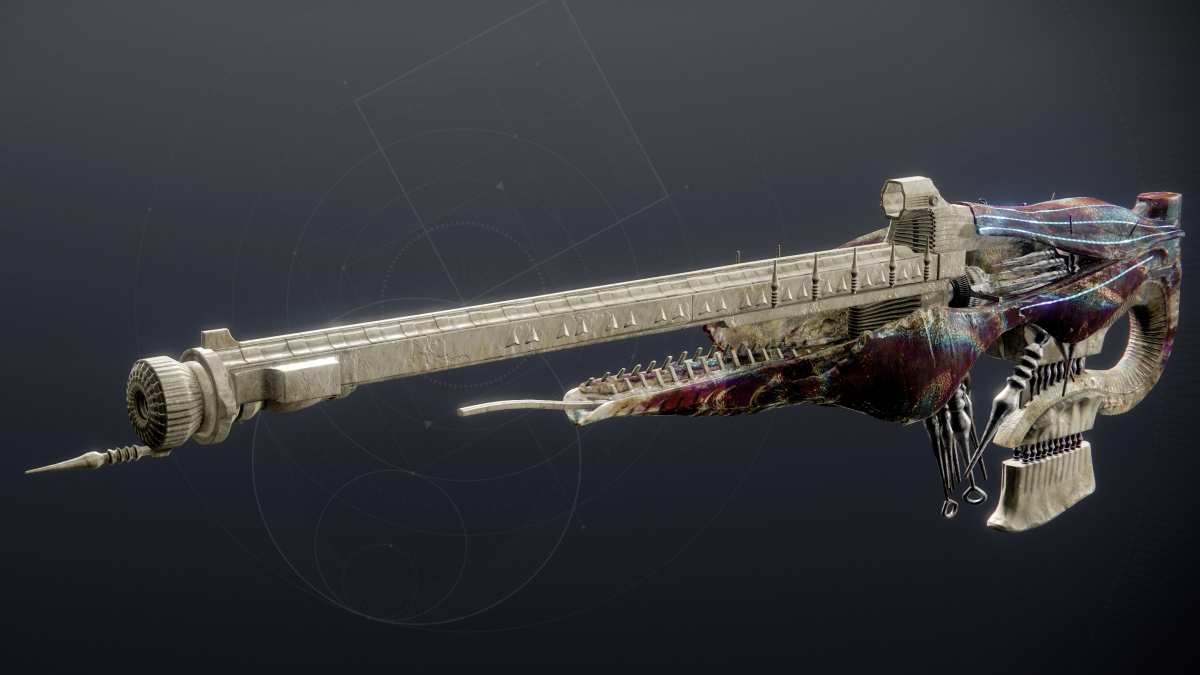A great baddie makes for a great story … unless it makes the good guys look bad!
Regular readers will know by now that I’m quite a big fan of the Killzone series. Its focus on dirty, hard science fiction and heavy controls makes for a shooter unlike its peers in the big-budget market, while its multiplayer is as close to my personally perfect vision of class-based combat as I may ever get.
One thing stands out to me above all else, however — Killzone‘s villains. I’ve always had an affinity for the villains in any given story, but the Helghast immediately struck a chord with me. Visually, they make for remarkably imposing opponents, with their militant black attire and harsh, angular gas masks housing eerie, glowing red eyes. Their cultural history is fascinating, steeped as it is in betrayal, anger, and fierce racial pride. For my money, the Helghast are among the most richly detailed antagonists in videogames today.
Trouble is, Guerrilla possibly did too good a job with the Helghast, to the point where it may actually start proving a detriment to the series. A fantastic bad guy can make any story more memorable — but it can be a real issue if it renders the “heroes” utterly forgettable.

The biggest issue with the Helghast is that, in reality, they really aren’t the bad guys. When you delve into the game’s backstory, taking in some of the canon that’s not necessarily evident in the games, it’s impossible not to sympathize with the so-called “Space Nazis.”
The Helghast are descended from humans once united under the banner of the Helghan Corporation. The corporation was a huge conglomerate, holding a practical monopoly over a number of precious resources. The company’s continued success made the ruling body of Earth — the UCN — paranoid. It began to impose regulations and taxes in an effort to undermine Helghan’s economic influence for no other reason than to protect itself from a perceived threat. However, when Helghan stuck to its guns and declared itself independent, the UCN attacked, trying to drive the corporation away from its resource-rich planets.
Long story short, the UCN eventually succeeded in driving the Helghan corporation back to the eponymously named planet Helghan, where living conditions are practically inhospitable, and settled its own military — the ISA — on a verdant and beautiful Vekta. While life on Helghan is already harsh, UCN embargoes and restrictions on the planet make things even harder, and its citizens, undergoing rapid genetic changes, become the Helghast — hateful, angry, and wishing to take back what they felt was stolen from them.
Now, there are shades of grey in the story, with the Helghan Corporation certainly able to have avoided certain calamities had it not been so proud, but the bottom line is that the Helghast aren’t entirely terrible and the self-serving UCN, the “good guys” of the story, were just as bad. Earth’s ruling body began military action on the basis of fear, and was nothing but tyrannical in victory, sending the future Helghast to a practical death planet and doing all it can to stop them ever getting a modicum of success again. The parallels between the Helghast and Germany pre-World War II are intentional, but while Adolf Hitler demonstrated evil far outweighing any righteousness in Germany’s anger, the same cannot be said for Killzone‘s fictional counterparts.

This is not to say a villain can’t be sympathetic. In fact, an antagonist with a cause, one that may even be right, can make for some compelling stuff. Solidus Snake of Metal Gear Solid 2: Sons of Liberty is a fantastic example of a villain who isn’t entirely wrong. A patriot at heart, Solidus’ ultimate goal was overthrowing a sinister organization controlling the world in secret. He was a villain, however, because his methods were morally bankrupt. He was a tyrant who’d used child soldiers in war, and wouldn’t balk at murder and terrorism if it got him what he wanted. At heart, he had a sympathetic nobility about him, but he chose to end his life as an irredeemable monster. Without these dark elements to his character, Solidus would be a villain in name only, an alleged bad guy who we were stopping for no decent reason.
The trouble with Killzone is Guerrilla, so enamored with the Helghast, never really did anything to demonstrate why we should hate them. They were brutal fighters, they would torture enemy soldiers, and they seemed incapable of mercy in a war situation — but it was a war situation, and having ISA soldiers vocalize their disgust with the Helghast, even as they rolled into Helghan’s city streets with their overwhelming arsenal of tanks and guns, seemed a desperate bid to make us believe the protagonists were worth rooting for. During the course of Killzone 2, our heroes would regularly tell us how much we hate the Helghast, but I only ever received baseless words to back this up. I never believed it. Why do I hate them? I’m invading their home in retaliation for a war they waged to reclaim Vekta — and lost. This invasion is unwarranted, and if anything, I think I’m on the bad guys’ side.

This would be great if it ever came up in the narrative, but it doesn’t. Our heroes love this war, sincerely believe the Helghast are monsters, and the story never presents them as anything but correct. In fact, when the ISA are ordered to pull back, our heroes are furious, only questioning orders when those orders run contrary to the thirst for more dead Helghast. Sgt. Rico, an overwhelmingly racist soldier with a burning hatred for the opposition, is painted in a heroic light, despite displaying nothing more than lust for dead bodies and jeopardizing his squadmates with his blind anger. Again, this would have made for some fantastic narrative implications, but it’s not addressed. Rico’s murder of Scolar Visari is swept under the rug almost as soon as it’s done, and Rico suffers no consequences for committing what is, undoubtedly, a war crime.
In many ways, Killzone reminds me of the movie version of Starship Troopers, insofar as the “heroes” of the stories are gung-ho military jingoists conditioned to believe the bad guys must be destroyed on nothing but hearsay. However, where this was an intentional aspect of Starship Troopers, a satire of the adapted novel’s pro-military views, Killzone presents the same premise with a totally straight face, trying to condition us as much as the ISA. It’s not washed with me, though. I don’t believe the Helghast deserve what the game makes us do to them, no matter how many times I’m merely told they do.
The playable heroes throughout the series — notably Jan Templar and Thomas Sevchenko — don’t have much of a personality, sticking rigidly to strict professional soldier archetypes. This is not necessarily bad in and of itself, but the less personality the ISA has, the more identifiable the Helghast become. In ISA cutscenes, we have soldiers talking about soldier things with soldier voices. In Helghast cutscenes, we have Brian Cox, Malcolm McDowell, Sean Pertwee, and Ray Winston putting in fantastic vocal performances and having fun with larger-than-life characters. The Helghast have a strong visual presence. The ISA look like generic grunts. The Helghast have hilarious London accents. The ISA are just some dudes. The Helghast have the coolest weapons. The ISA have rifles.

It’s clear Guerrilla loves the Helghast as much as I do, and that’s awesome, but when you craft a villain with shades of grey, you can’t just focus on the bad guys at the expense of the heroes. You have two sides with morally dubious motivations, one of them’s been fleshed out with a richness of personality and history, while the other has not. It’s going to be so much easier to side with the former than the latter, which at this current point in time has practically no redeeming quality.
It says a lot that the thing I’m most looking forward to with Killzone Mercenary is the ability to pick a side, so I can finally feel like I’m fighting the right war. With the Helghast getting all the best (read: only) characters, the coolest-looking gear, and the better reason for warring, I am wholly on its side, and I’m itching to pick up the PS Vita release and start making up for all the Helghast I’ve unjustly killed over the course of three console games.
The Helghast are easily among my favorite videogame villains, and Guerrilla’s work on them is nothing short of spectacular. They’re a fine example, though, of what happens when a developer is too successful in crafting an antagonist, to the point where they’re too likable in contrast to an underdeveloped hero.
The Helghast are brilliant, cool, and sympathetic … and I have no reason to view them as anything but the good guys.
[Header image: GamePro #262]




